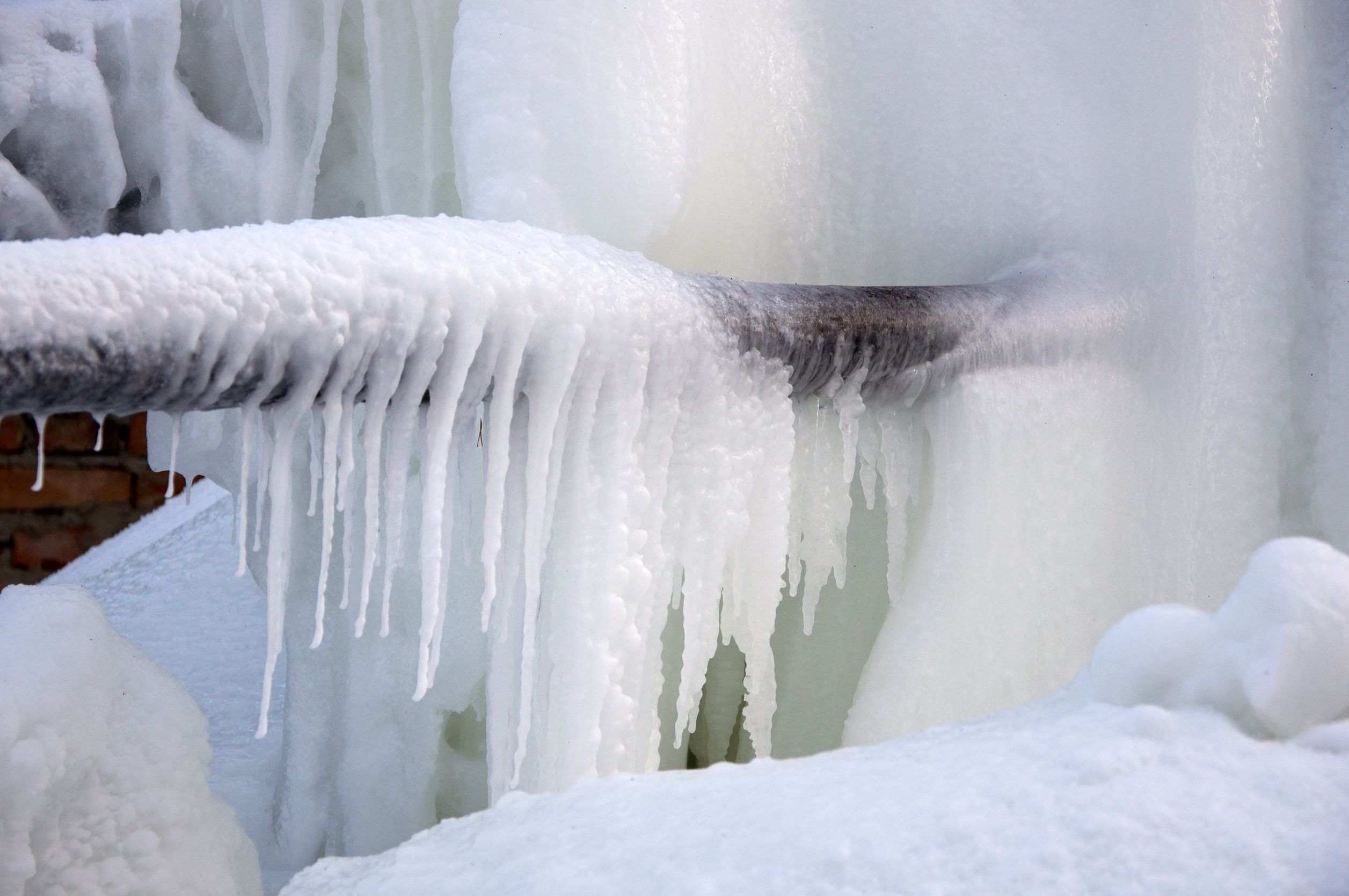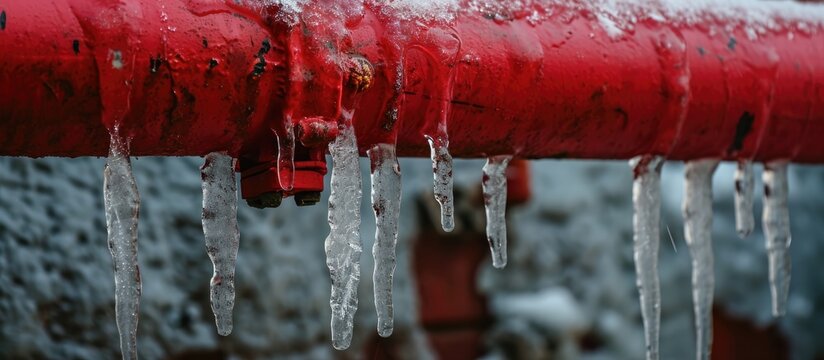Preventing Pipes from Cold Weather: Effective Methods
Preventing Pipes from Cold Weather: Effective Methods
Blog Article
We've come across this post on How to prepare your home plumbing for winter weather down the page on the web and decided it made good sense to relate it with you on my blog.

Cold weather can wreak havoc on your pipes, especially by freezing pipelines. Here's how to avoid it from occurring and what to do if it does.
Intro
As temperatures decrease, the risk of frozen pipelines increases, possibly bring about pricey fixings and water damage. Recognizing exactly how to stop icy pipes is crucial for home owners in cold climates.
Recognizing Frozen Pipelines
What creates pipelines to ice up?
Pipelines ice up when subjected to temperature levels listed below 32 ° F (0 ° C) for prolonged periods. As water inside the pipelines ices up, it broadens, putting pressure on the pipe wall surfaces and possibly causing them to rupture.
Risks and problems
Frozen pipes can lead to water supply disturbances, building damage, and expensive fixings. Ruptured pipes can flooding homes and cause considerable structural damages.
Signs of Frozen Piping
Determining icy pipes early can avoid them from bursting.
Exactly how to recognize frozen pipelines
Look for lowered water flow from taps, uncommon smells or noises from pipelines, and visible frost on subjected pipelines.
Avoidance Tips
Insulating susceptible pipes
Cover pipelines in insulation sleeves or make use of warmth tape to safeguard them from freezing temperatures. Concentrate on pipelines in unheated or external areas of the home.
Heating strategies
Maintain indoor rooms sufficiently warmed, particularly locations with pipes. Open up cabinet doors to allow cozy air to circulate around pipelines under sinks.
Securing Outdoor Pipes
Yard pipes and outside faucets
Disconnect and drain pipes yard hose pipes before winter. Mount frost-proof faucets or cover outdoor faucets with shielded caps.
What to Do If Your Pipes Freeze
Immediate actions to take
If you presume icy pipelines, maintain taps open to alleviate stress as the ice thaws. Make use of a hairdryer or towels soaked in hot water to thaw pipes gradually.
Long-Term Solutions
Architectural changes
Consider rerouting pipes away from exterior walls or unheated locations. Include added insulation to attic rooms, cellars, and crawl spaces.
Updating insulation
Purchase high-grade insulation for pipelines, attic rooms, and wall surfaces. Appropriate insulation assists keep regular temperature levels and lowers the threat of frozen pipes.
Conclusion
Preventing icy pipelines needs positive measures and fast reactions. By understanding the reasons, indications, and preventive measures, homeowners can shield their plumbing throughout winter.
5 Ways to Prevent Frozen Pipes
Drain Outdoor Faucets and Disconnect Hoses
First, close the shut-off valve that controls the flow of water in the pipe to your outdoor faucet. Then, head outside to disconnect and drain your hose and open the outdoor faucet to allow the water to completely drain out of the line. Turn off the faucet when done. Finally, head back to the shut-off valve and drain the remaining water inside the pipe into a bucket or container. Additionally, if you have a home irrigation system, you should consider hiring an expert to clear the system of water each year.
Insulate Pipes
One of the best and most cost-effective methods for preventing frozen water pipes is to wrap your pipes with insulation. This is especially important for areas in your home that aren’t exposed to heat, such as an attic. We suggest using foam sleeves, which can typically be found at your local hardware store.
Keep Heat Running at 65
Your pipes are located inside your walls, and the temperature there is much colder than the rest of the house. To prevent your pipes from freezing, The Insurance Information Institute suggests that you keep your home heated to at least 65 degrees, even when traveling. You may want to invest in smart devices that can keep an eye on the temperature in your home while you’re away.
Leave Water Dripping
Moving water — even a small trickle — can prevent ice from forming inside your pipes. When freezing temps are imminent, start a drip of water from all faucets that serve exposed pipes. Leaving a few faucets running will also help relieve pressure inside the pipes and help prevent a rupture if the water inside freezes.
Open Cupboard Doors
Warm your kitchen and bathroom pipes by opening cupboards and vanities. You should also leave your interior doors ajar to help warm air circulate evenly throughout your home.

Do you appreciate reading up on How to prepare your home plumbing for winter weather? Try leaving a remark down below. We would be happy to find out your responses about this write up. Hoping to see you back again later on. In case you liked our blog entry plz do not forget to pass it around. Thanks a lot for your time. Come back soon.
Call Today Report this page